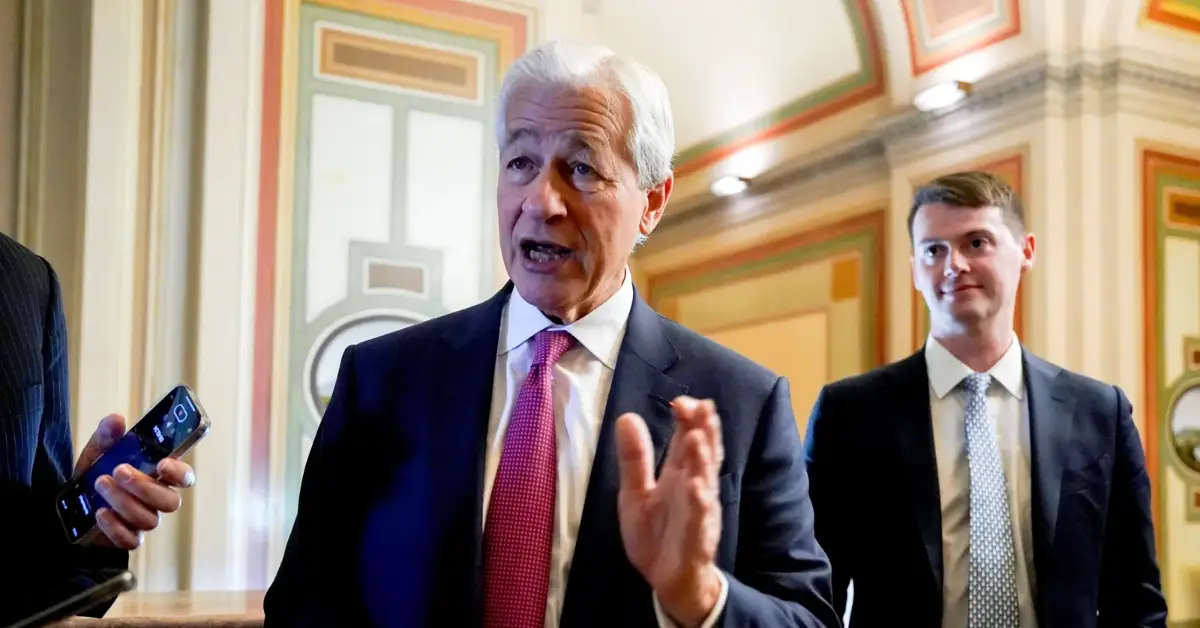After several years of working remotely, I finally returned to my office as a federal worker. The transition seemed like it should have been more organized, but instead, the process felt rushed, leaving me questioning the need for such a fast-paced return.
To make matters worse, my coworkers’ absence made the office feel emptier than ever. Here’s a detailed look at my personal experience and why my return to the office didn’t go as smoothly as I had expected.
The Rushed Return: A Lack of Preparation
The announcement about the office’s reopening came unexpectedly. We had been working from home for so long that it seemed like a big adjustment, and yet there was very little time to prepare. Instead of offering a gradual return to the office, the timeline was abrupt and demanding, leaving little room for people to adjust.
It felt like everyone was just expected to drop everything, pack up their home office, and walk back into a workplace that had evolved without us. Upper management’s lack of communication about how to manage the transition only added to the confusion.
There were no clear guidelines or resources to help with the adjustment back to office life. There was no time to reorient ourselves with the workplace culture, processes, or technology updates that had occurred while we were away.
The rapid pace of the return made the whole process feel like a checklist. There was no room for feedback or discussion. As a result, the return didn’t feel smooth or welcoming, and many employees, including me, struggled with the transition.
The Absence of Colleagues: A Lonely Office
One of the most surprising aspects of returning to the office was how empty it felt. I expected to see familiar faces and reunite with coworkers after such a long time, but the reality was quite different. The office was eerily quiet, with desks sitting empty. Many of my colleagues had chosen to continue working remotely or had left the organization entirely.

It made me realize how many people had adapted to the remote work lifestyle and how difficult it would be for them to return to the office full-time. Some had even relocated to different cities, while others had adjusted to the comfort and flexibility of working from home.
The absence of so many people left the office feeling lifeless. I found it hard to connect with others or engage in meaningful conversations. Team dynamics that once felt natural were now awkward, as everyone struggled to adjust to the new environment.
Adjusting to the Office Environment Again
Another challenge I faced was adjusting to the office environment after working remotely for so long. At home, I had the freedom to design my workspace as I saw fit. I could work in comfortable clothes, take breaks when needed, and enjoy the flexibility of a quiet environment. Returning to the office, on the other hand, felt like stepping into a rigid structure.
The commute was an obvious change. After years of avoiding traffic and long train rides, I had to get used to leaving my house earlier and dealing with the hassle of public transportation again. It wasn’t just the commute that was challenging, though. The office layout had changed, and it was hard to get comfortable with the new seating arrangements. Desks were moved, and the once familiar layout felt disorganized.
The office itself seemed much quieter than before. Even when I did encounter people, the conversations felt forced. Many of my coworkers were still getting used to the office atmosphere after so much time away, and the dynamic felt very different. There was no longer that spontaneous interaction that used to happen in the break room or during lunch.
Mixed Reactions Among Federal Workers
It wasn’t just me who found the transition difficult. Speaking to my colleagues, it was clear that many felt similarly. Some were frustrated with the lack of communication about what was expected of us. Others were unhappy with the office changes or felt overwhelmed by the sudden return.
There were also differing opinions about the hybrid work model. Some employees felt that working from home had allowed them to be more productive and enjoy a better work-life balance. Others missed the social aspect of being in the office and the direct communication with their teams.
Regardless of the stance, it was clear that the federal workplace hadn’t fully prepared for the challenges of transitioning back to in-office work. The rushed nature of the process had left many workers unsure of how to navigate their return.
The Hybrid Future of Federal Work
Looking ahead, I believe the federal sector will need to adapt to workers’ changing expectations. The days of a rigid, all-office workweek may be behind us. As the workforce continues to evolve, more employees are requesting flexibility, whether that means working from home part-time or having a hybrid schedule that allows for both office and remote work.
For federal workers, this means more thoughtful planning around returning to work. Rather than a rushed, one-size-fits-all approach, more consideration should be given to employee needs and circumstances. Whether it’s offering a phased return or providing more flexible schedules, agencies must rethink how they approach office life post-pandemic.
As we have learned from the past few years, the future of work in the federal sector will likely include more flexibility, especially when it comes to hybrid models. For many employees, the flexibility of remote work is no longer a luxury but a necessity.
Conclusion
In conclusion, my return to the office as a federal worker was an eye-opening experience. The process felt rushed, and the absence of colleagues made the office feel lonely and disconnected. The lack of preparation and communication only added to the stress of the transition. It highlighted the importance of taking the time to plan for a smooth return to work, especially for those coming back to the office after years of remote work.
Federal agencies must recognize their employees’ shifting expectations and create more thoughtful, flexible plans that prioritize employee well-being. The future of work is changing, and the federal sector must be ready to adapt to these changes to maintain a productive and engaged workforce.
Disclaimer: This article has been meticulously fact-checked by our team to ensure accuracy and uphold transparency. We strive to deliver trustworthy and dependable content to our readers.




